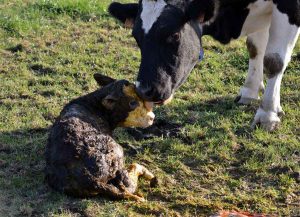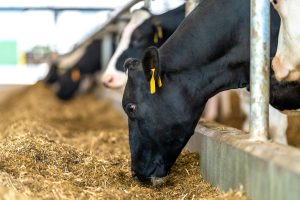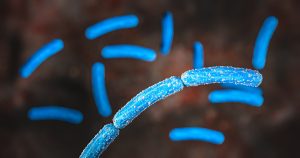Alvaro Garcia
In the relatively recent past different devices were developed to monitor estrus. Examples are those that record increased cow activity alone (pedometers), or a combination of the latter with a reduction in intake and rumen motility. Other devices attached to the cows’ back focus on standing mounting behavior by the animals in heat. More recently, there have been devices that have focus on cow vocalization.
Cows can change their vocal pitch depending on their emotions, according to research by the University of Sydney. Cows use their voice not only to maintain contact with the herd, but also to express excitement, hunger, arousal, or distress. Can we use cow vocalization to detect estrus in dairy cows? The implication of this would be very significant for farmers since heat detection is still one of the main drawbacks of effective breeding systems.
According to research and practical observations, cow vocalization rates increase the day of estrus achieving its maximum intensity shortly before or at the climax of estrus activity. As a result, vocalization could serve as indicator of hormonal changes and used as an additional potential parameter in estrus detection. One challenge, however, is to be able to precisely identify the animal emitting the calls. Another challenge is not just to determine who emitted the call, but also how it varies from other normal vocalizations in that particular cow. This calls not only for sensitivity (individual animal calling), but in addition for specificity (type of call).
A recent experiment (Röttgen et al., 2020) fitted cows with a collar-based cattle call monitor (CCM) with structure-borne (SBM) and airborne sound microphones (ABM). The collar also had a recording unit that used a post-processing algorithm to identify the caller by matching the information from both microphones.
The CCM consisted of a regular cattle neck strap with plastic locking system. An elastic band close to the lock ensured proper contact with the animal’s neck. A box mounted on the collar next to the elastic band contained a microphone, an SBM to record structure-borne sounds, an energy supply, a microSD card as a recording unit and a processing unit. To capture structure-borne sounds, the researchers mounted a stethoscope head inside the strap and connected it via a plastic air-filled tube to the SBM in the box. The stethoscope detected the vibration when the animal vocalized. Parallel to the sound recording there was also video observation to correlate the audio with visual confirmation.
The results of this pilot study using a collar-based system showed that vocalizations around estrus of individual cows can be detected with a sensitivity of 87% (which animal) and a positive predictive value of 96% (vocalization due to estrus or not). In a different study, cows displayed more non-harmonic vocalizations on the day of estrus compared to those on di-estrus days. These non-harmonic calls differed in their structure and length from short and quiet mooing calls. In the present study, the highpoint of vocalization rate occurred at the same time with that of the observed estrus behavior, and both at the same time with the estradiol peak. The apex in physical activity however, appeared 6 to 12 h after the estradiol peak.
The authors concluded that monitoring cow vocalization could give farmers early information of impending estrus, later confirmed with observations of increased physical activity. The CCM system can potentially record cattle vocalizations and identify the animal in commercial farm settings. These seems to be a promising method for identifying and decoding cattle vocalization, which might have applications for not only breeding, but also health, and overall cattle welfare.
Referencia
Röttgen, V., Schön, P. C., Becker, F., Tuchscherer, A., Wrenzycki, C., Düpjan, S., Puppe, B. 2020. Automatic recording of individual oestrus vocalisation in group-housed dairy cattle: development of a cattle call monitor. Animal. 198-205.
© 2020 Dairy Knowledge Center, LLC. All Rights Reserved.











